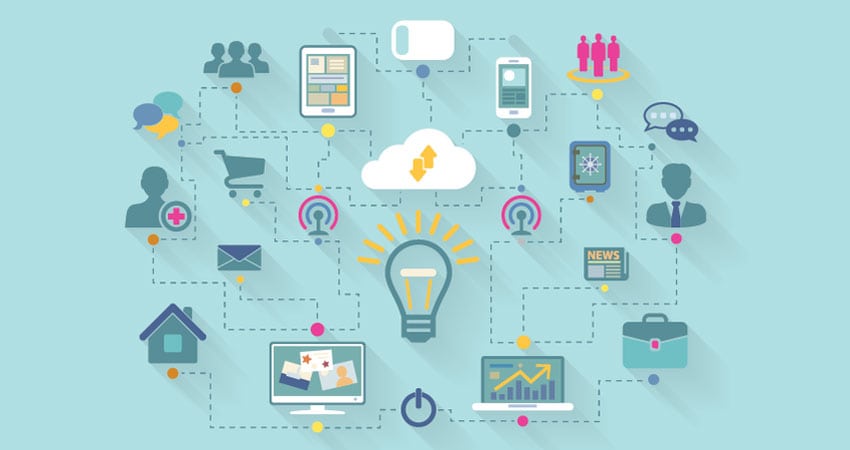Maximizing customer engagement has and always will be a top objective for retailers. It’s now easier than ever with the increased availability and affordability of high-end analytics for tailoring communications and personalizing brand experiences. The consistent supply of data from online and in-store shopping habits, transaction records, mobile and social media activity mean new technologies are democratizing the use of Big Data in retail.
The breadth of data available to retailers allows them to build 360-degree snapshots of customers showing product and communication preferences and shopping habits. Brands can use Big Data in retail to not only help them to pinpoint individualized characteristics and consistent patterns of activity, but also to select and deliver highly relevant content.
With the plethora of data and analytics available, brands might wonder where to start or which specific data pools to concentrate on. Below are some of the most useful tactics for leveraging Big Data in retail that they can implement to boost loyalty strategies:
Employ Machine Learning to Tailor Communications
Research shows that 53% of U.S. consumers would purchase more if brands communicated with them better. Machine learning permits brands to access an immense history of activity, communication and transaction records. This helps them to compile more targeted content for use in email or other correspondence.
Sending relevant offers, product suggestions and recommendations demonstrates they are attentive to customers’ interests, which will drive increases in email open rates and generate loyalty to the brand, time and time again.
Capitalize on the Cloud to Bring Data Together
There’s much discussion on the contrast between in-store and online shopping experiences. To address this, cloud-based processing consolidates data from disparate sources into one place, better unifying the holistic brand experience.
Brands can implement in-store geolocation technologies that track a customer’s daily actions or identify areas of the store they frequent. Online, they can track page and viewing activity, shopping cart content and frequency of site visits, among other actions, to generate complete profiles of digital behavior.
Together with transaction histories, brands can integrate these data sets to better profile individual customers, combining interactions gathered in store, online or via mobile. More comprehensive profiles yield increased customer knowledge at any given time to best tailor interactions and present relevant perks.
Monitor Support for your Brand
By monitoring social media and email activity and asking necessary questions like “who referred you to our brand?” retailers can identify their greatest brand advocates. Finding out which customers are sharing links with friends or tagging brands in social media makes it easier to single out the ones who feel strongly enough about the brand to recommend it to their network, while also leaving a trail of how they’re communicating. Tracking instances of brand advocacy and providing incentives (e.g. a coupon, extra points, etc.) to recognize beneficial behavior will drive more loyalty and facilitate word-of-mouth support.
Pay Attention to the Entire Data Bank
Don’t forget to consider supplemental consumer habits that add color to customer portraits. For instance, monitoring dates of previous interactions can provide insight into when they’re most likely to engage with your brand again. For example, are they more engaged leading up to a special occasion such as Mother’s Day? Do they make more purchases during the holiday season or do they visit the website even when there isn’t a sale on?
Likewise, keeping tabs on specific loyalty program memberships can illustrate shopping behavior. Are members more likely to visit a location when they’re close to earning a reward? Does their engagement decline right after redemption, as the next perk seems way out of reach? All these instances can be factored into your loyalty strategy, ensuring that rewards and benefits are offered just when customers are most likely to respond.
Fortunately both the data and the tools to effectively navigate Big Data in retail are more widespread and practical for brands to implement than ever before. More retailers are employing advanced analytics as part of their overall marketing strategy, making the development of customer profiles more efficient.
Having such comprehensive transcripts of consumer shopping habits can ultimately inform a loyalty strategy by presenting all the factors that best drive devotion on an individual basis.
Phil Seward is the Regional Director for the Americas at global loyalty agency ICLP

